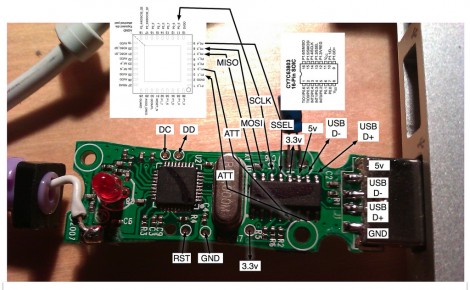Square Gears

This video demonstrates square gears and other oddly shaped cogs. We can’t think of a use but it’s interesting none-the-less. [via Tinkernology]
Cooking with Lasers

It’s late and you’ve been at the workbench for quite some time. But why go to the kitchen for a snack? Grab a couple of 1 watt lasers, hot glue a kernel of corn to a DC motor, and you’ll have popcorn in no time.
Calling this a simulator just doesn’t do it justice

Okay, so this link is a Lexus commercial. But it’s worth watching to see the footage of this driving simulator. Inside that pod is an actual automobile surrounded by a 360 degree screen. The room has a full x and y axis to move the pod (and the car) as you drive through the simulated world. It’s like someone gave a bunch of geeks an unlimited budget and say “go nuts”. [Thanks Luke]
What takes the most time in your hacking adventures?

Everyone whose spent some time in web design has run across the peculiar rendering bugs and workarounds associated with Internet Explorer. Internet Explorer Stole My Life aims to tabulate the collective time wasted from the lives of developers. We think it’s hilarious because spending the same amount of time meeting W3C standards and this problem would go away. But [Caleb] mentioned something interesting when he saw this site: What part of your hacking adventures wastes the most time? We’d love to hear about it in the comments.

















